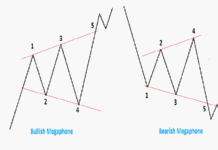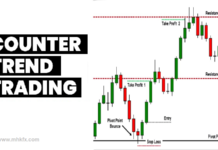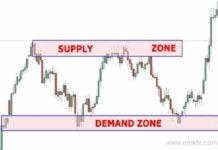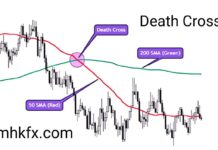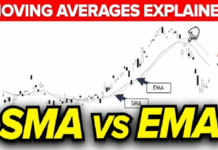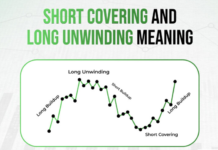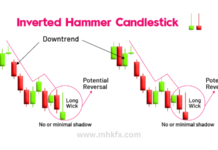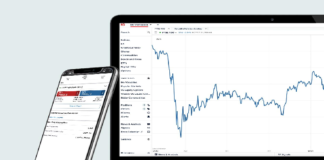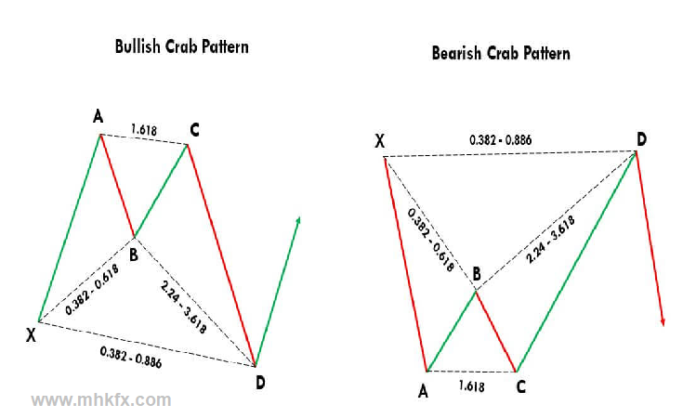
Harmonic trading is a sophisticated form of technical analysis that seeks to identify precise patterns in financial markets. These patterns, known as harmonic patterns, use Fibonacci ratios to predict potential price movements and reversals. Among the various harmonic patterns, the Bearish Crab pattern is renowned for its accuracy and the potential for significant reversals.
What is the Bearish Crab Pattern?
The Bearish Crab pattern is a specific type of harmonic pattern discovered by Scott Carney in 2000. This pattern is characterized by a distinct five-point structure (X, A, B, C, D) and precise Fibonacci retracement and extension levels. The Bearish Crab pattern signifies a potential bearish reversal, providing traders with opportunities to capitalize on market movements.
Identifying the Bearish Crab Pattern
The Bearish Crab pattern is identified by the following key characteristics:
XA Leg: The pattern begins with a sharp price movement from point X to point A. This leg typically represents a significant bullish move.
AB Leg: Following the XA leg, the price retraces from point A to point B. This retracement falls between 38.2% and 61.8% of the XA leg.
BC Leg: The price then moves from point B to point C, which is a continuation in the direction of the XA leg. The BC leg retraces between 38.2% and 88.6% of the AB leg.
CD Leg: The final leg, CD, extends to 161.8% of the XA leg. This extension marks the potential reversal zone (PRZ), where the pattern is expected to complete, and a bearish reversal is anticipated.
Trading the Bearish Crab Pattern
Trading the Bearish Crab pattern involves a strategic approach to maximize profits and manage risks. Here are the steps to effectively trade this pattern:
Entry Point: The ideal entry point is at point D, where the price has extended to the 161.8% Fibonacci extension of the XA leg. Traders should look for confirmation of a bearish reversal, such as a candlestick pattern or technical indicators signaling a potential downturn.
Stop Loss: To manage risk, a stop loss should be placed just beyond point D. This precaution helps protect against false signals and unexpected price movements.
Profit Targets: Profit targets are typically set at key Fibonacci retracement levels of the CD leg. Common targets include the 38.2%, 50%, and 61.8% retracement levels, allowing traders to capture potential profits at different stages of the reversal.
Example of the Bearish Crab Pattern in Action
Consider a stock that moves from $100 (X) to $120 (A), then retraces to $110 (B), rises to $115 (C), and finally extends to $130 (D). At $130, the pattern completes, and traders anticipate a bearish reversal. Entering a short position at $130, with a stop loss slightly above, and targeting retracement levels of the CD leg can provide a strategic trading opportunity.
Conclusion
The Bearish Crab pattern (Bearish Crab pattern reversal) is a powerful tool in harmonic trading, offering traders a precise method to identify potential bearish reversals. By understanding the structure and Fibonacci relationships within this pattern, traders can make informed decisions and enhance their trading strategies. Mastery of the Bearish Crab pattern can lead to improved trading performance and the ability to capitalize on significant market reversals.

